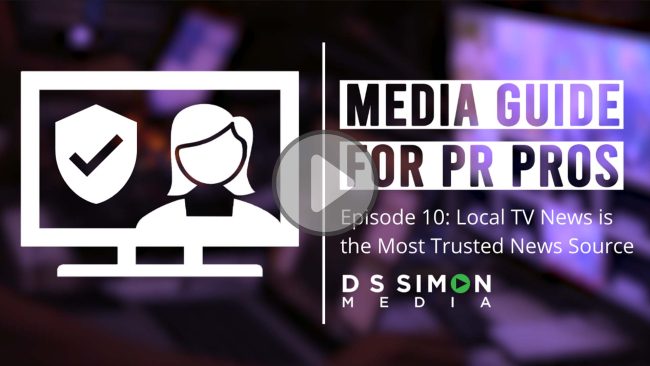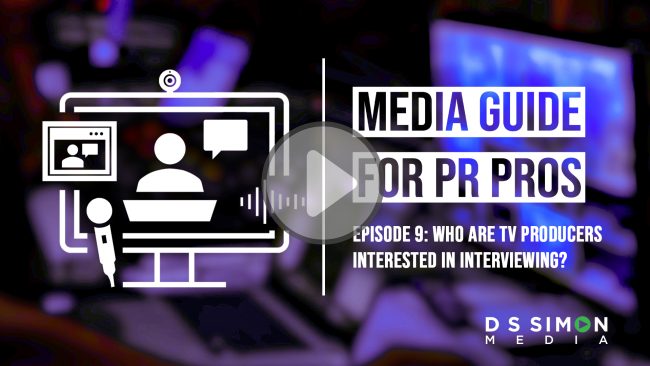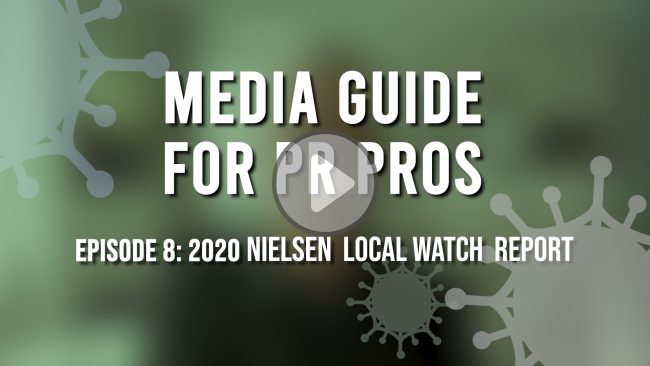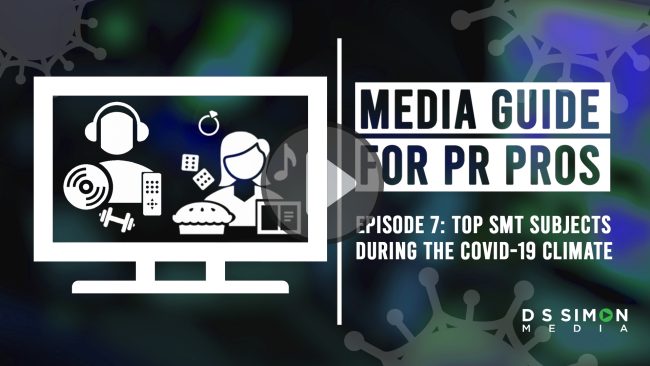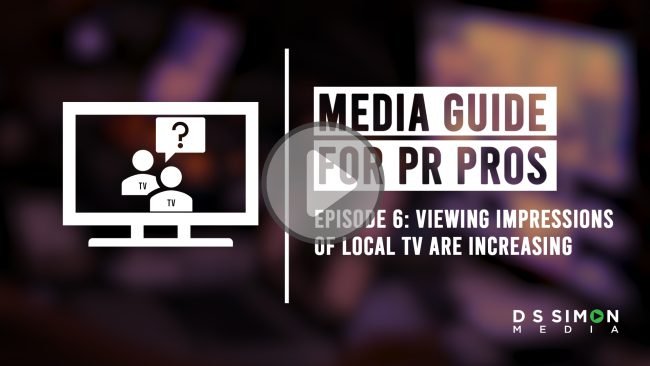Local TV News is the Most Trusted News Source
A nationwide survey by D S Simon Media found that social media and national news were far less trusted than local TV news. “Brands are spending hundreds of billions of dollars on advertising, marketing, and public relations each year. Given the high value placed on establishing trust, these findings are important to consider,” says Doug Simon, CEO at D S Simon Media.


